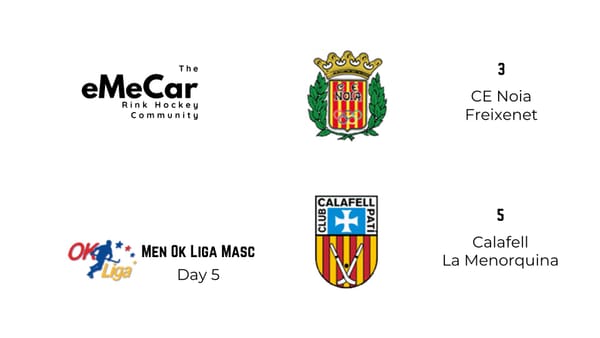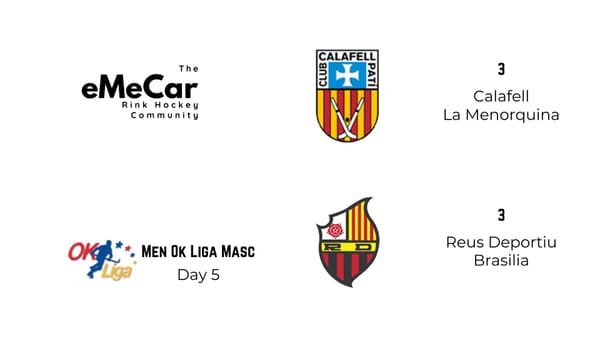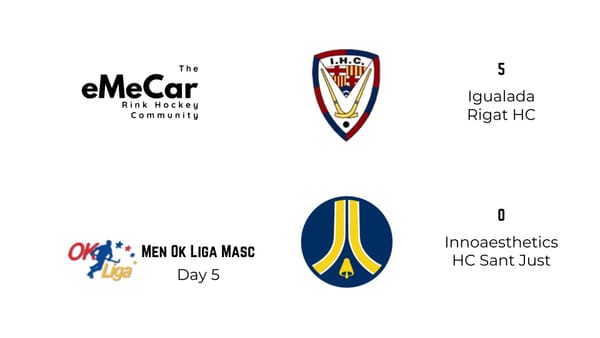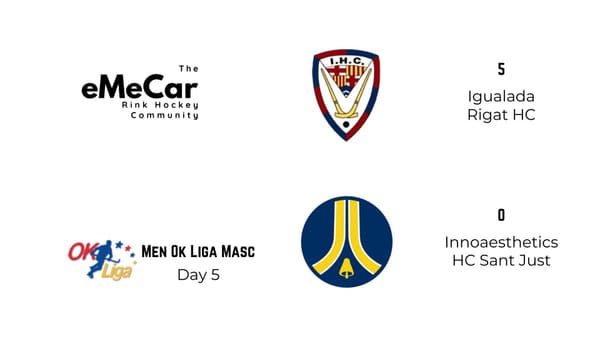One on One defense
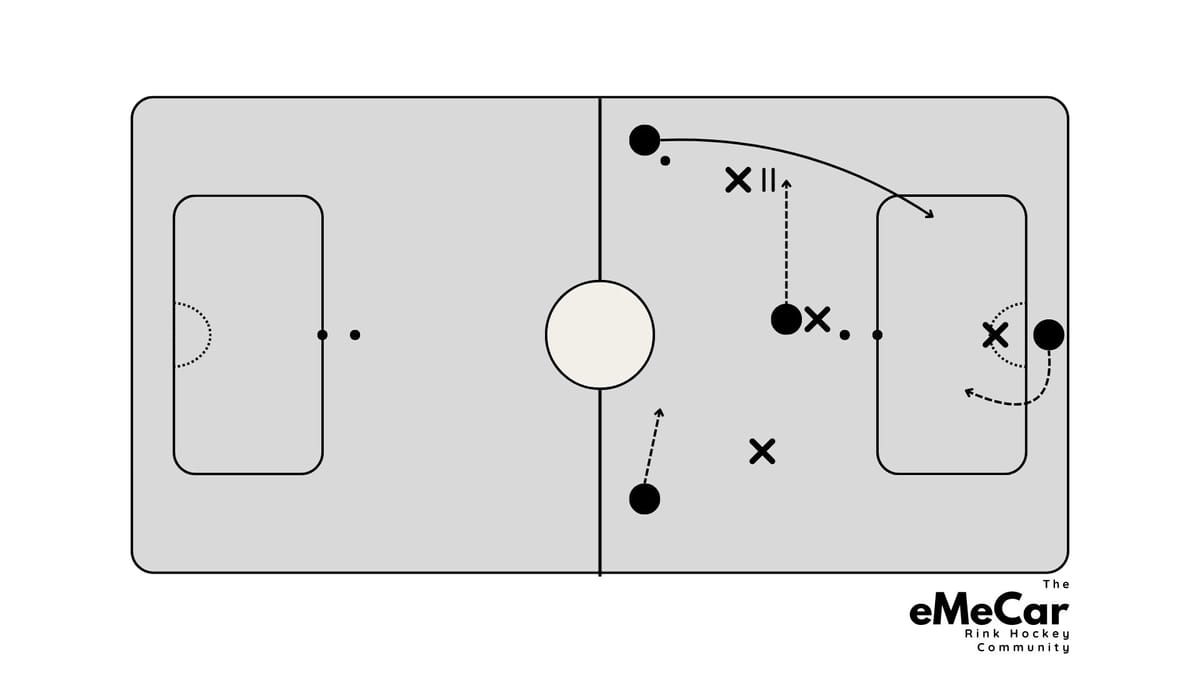
Mastering One-on-One Defence in Roller Hockey
In roller hockey, one-on-one defence is a pivotal strategy where each defender takes responsibility for guarding a specific opponent. The objective is straightforward: prevent attackers from scoring or advancing effectively. This approach emphasises individual accountability, giving each defender the task of neutralising their assigned attacker.
In roller hockey, we distinguish three primary types of one-on-one defence: 6.25, 20 metres, and 40 metres. Each offers distinct tactical advantages and challenges. Let’s dive deeper into these strategies.
6.25 Defence

The 6.25 defence is the most common and considered the safest option in modern roller hockey. It focuses on hard defence within the orange zone, where attackers are most dangerous.
- Key Features:
- Defenders prioritise staying inside the orange zone, maintaining proximity to their attackers.
- Areas outside the orange zone are deemed less threatening, allowing defenders to position themselves more flexibly.
- Provides easier opportunities to support teammates when needed.
This strategy minimises risk while maintaining defensive stability, making it a reliable choice for teams prioritising a solid defensive foundation.
20-Metre Defence

The 20-metre defence is an aggressive variation, requiring advanced skills and a higher physical demand. When executed properly, it can apply significant pressure on the opposing team.
- Key Features:
- Demands superior skating abilities and individual tactical awareness.
- Increases pressure on attackers, disrupting their flow and forcing errors.
- Requires a well-coordinated effort from all team members.
This approach is ideal for teams looking to destabilise opponents early and assert dominance in key areas.
40-Metre Defence

The 40-metre defence represents the pinnacle of aggression in roller hockey. It begins immediately after losing possession, applying relentless pressure across the entire rink.
- Key Features:
- Covers all areas of the floor, leaving no space for opponents to breathe.
- Requires exceptional physical fitness, tactical cohesion, and mental endurance.
- Opens potential vulnerabilities in dangerous zones, demanding active participation from the goalkeeper.
This high-risk, high-reward strategy is for teams confident in their defensive coordination and fitness levels.
Each one-on-one defensive style—6.25, 20 metres, and 40 metres—plays a critical role in shaping a team’s overall approach to the game. Whether you prioritise safety, aggression, or relentless pressure, mastering these techniques can significantly enhance your team’s performance.
Which defensive style does your team prefer? Share your thoughts in the comments!
